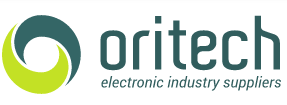
Wave soldering is a bulk process where PCBs are passed over a wave of molten solder to attach through-hole (THT), surface mount technology (SMT), and mixed assemblies to circuit boards.
The major downside of wave soldering is the limited ability to define process parameters, which leads to poor solder joint quality and diminished product reliability. This limitation forces a one-size-fits-all approach to application and makes selectivity impossible. Solder washes over the board, applied universally, even where it is not required.
Additional, wave soldering disadvantages include:
With these significant disadvantages, wave soldering operating costs can be significantly higher when compared to selective soldering.
Selective soldering, also known as mini-wave soldering, offers cost-effective, repeatable results for THT and mixed technology soldering applications. Soldering points are individually programmed and monitored to control flux volumes and soldering time. And it is the only reproducible method for soldering THT components on a two-sided PCB assembly.
Selective soldering typically consists of three stages:
Selective soldering makes it possible to solder a wide range of PCB assemblies with advantages, including:
All Nordson SELECT solutions come standard with nitrogen inerting, a titanium solder pot to resist the corrosive effects of aggressive lead-free solder alloys, and intuitive system software you can set up in minutes without prior experience.
You can be confident when choosing Nordson as your selective soldering partner. Our commitment to innovation, investment in R&D, and customer service excellence allow us to deliver consistent performance and reliability.